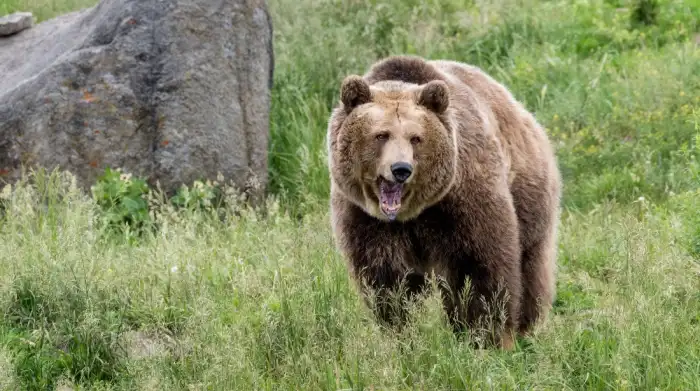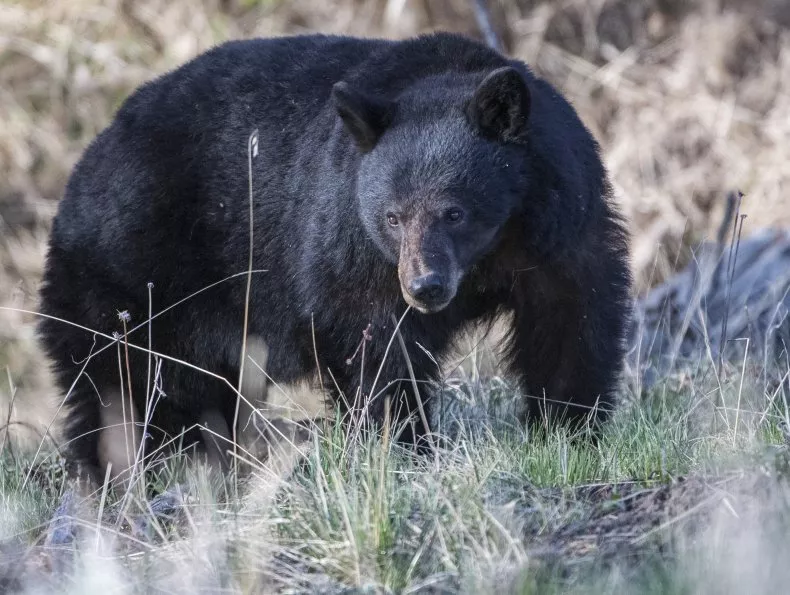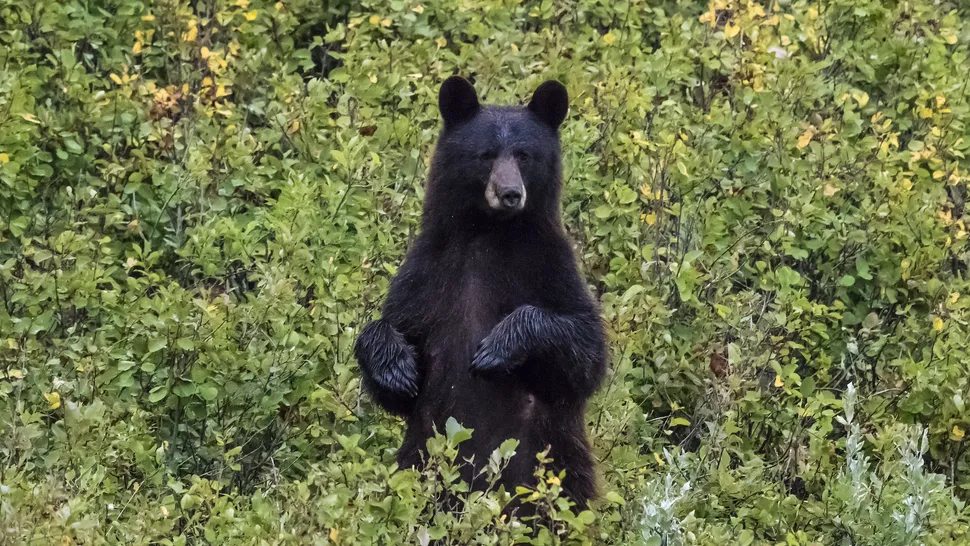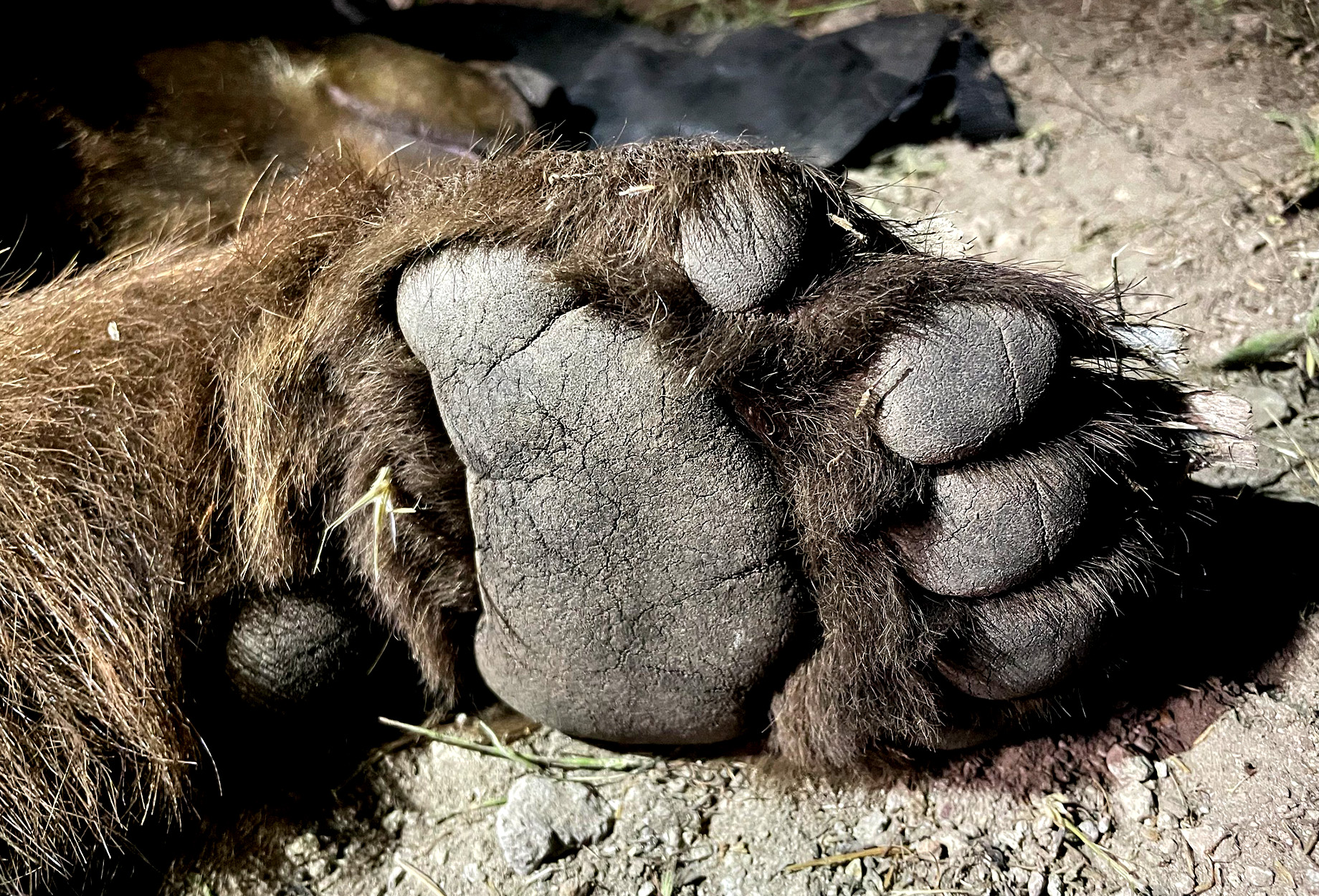A bear that attacked a runner in Utah on Wednesday has been euthanized.
The man had been trail running in Big Cottonwood Canyon, about 12 miles southeast of Salt Lake City when the adult female black bear came out of the bushes and bit his arm.
The bear was later tracked by the Utah Division of Wildlife Resources using dogs and euthanized.
“Because the bear had shown aggressive behavior and injured a person, it was euthanized, per policy,” the division wrote in a news release Wednesday night, as reported by news station Fox13 Salt Lake City.
The man tried to make himself look as big as possible and backed away. According to the National Park Service (NPS), making yourself look large is advised, but moving away from the bear is not, as this can trigger the bear to attack.
The bear “bluff charged” him twice, and the man tripped over a log, which is when the bear attacked and bit him on his arm. The man fought back, kicking at the bear, allowing him to escape.
He then drove himself to the hospital to treat his arm injuries. The bear was tracked late that evening and euthanized by officials.
The incident comes days after a cyclist escaped a grizzly bear attack in Canada by punching it in the face.
Utah is home to around 2,000 black bears. If you encounter a bear, the NPS advises talking calmly and waving your arms slowly to seem large so that the bear identifies you as a human. You should not run, as bears will chase anything that flees and can run incredibly fast.
“A scream or sudden movement may trigger an attack. Never imitate bear sounds or make a high-pitched squeal,” the NPS said.
A bear may bluff charge at you or charge aggressively. Bluff charges are meant to intimidate and can be identified by the bear having its head and ears up and forwards. They may retreat after the bluff charge.
“Do NOT run during a bluff charge, it may trigger the bear to attack. Stand your ground,” the NPS said.
An aggressive charge, on the other hand, is when the bear means to attack and can be identified by the bear’s head down and ears pointed back.
Your response to an attack from a bear depends on the type of bear, with grizzlies and black bears being rather different. In the case of a black bear attack, the NPS advises fighting back if necessary but never playing dead, as playing dead could encourage further aggression or predatory behavior.
“If you are attacked by a black bear, DO NOT PLAY DEAD. Try to escape to a secure place such as a car or building. If escape is not possible, try to fight back using any object available. Concentrate your kicks and blows on the bear’s face and muzzle,” the NPS warns.
In the case of a grizzly attack, playing dead is advised, as this may diffuse the situation by showing that you are not a threat. However, if the attack continues, then fighting back may be a last resort.
“If you are attacked by a brown/grizzly bear, leave your pack on and PLAY DEAD. Lay flat on your stomach with your hands clasped behind your neck. Spread your legs to make it harder for the bear to turn you over,” the NPS said.
“Remain still until the bear leaves the area. Fighting back usually increases the intensity of such attacks. However, if the attack persists, fight back vigorously. Use whatever you have at hand to hit the bear in the face,” the NPS said.”
Carrying bear spray in areas where bears live is always advised.
This article by Jess Thomson was first published by NewsWeek on 1 August 2024. Lead Image: Stock image of a black bear. A black bear that attacked a man in Utah has been euthanized. ISTOCK / GETTY IMAGES PLUS.
What you can do
Help to save wildlife by donating as little as $1 – It only takes a minute.







Leave a Reply